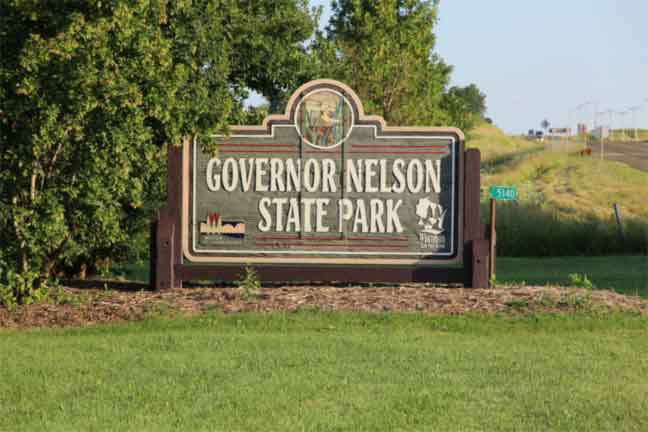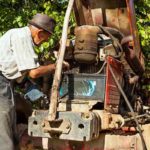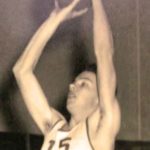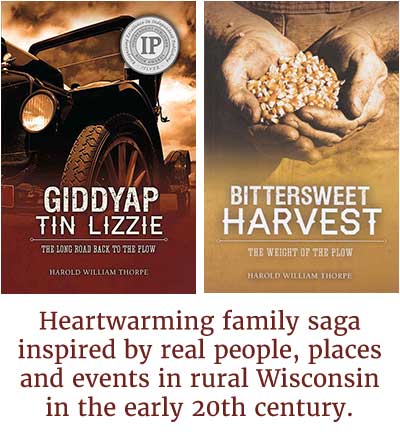Except for survey and road construction employees, I was the first worker to help construct Wisconsin’s Governor Dodge State Park.
In early Summer 1957, I worked for Fred Dresser at his Wayside grocery and convenience store, located at the north end of Dodgeville. One afternoon, I was asked to step outside and talk with two state employees. They offered me a job working for the state that summer, and they offered better pay than the seventy-five cents an hour that Fred paid me at the time.
They asked if I knew anyone else who’d be interested in employment. I knew the ideal person for the job—my friend Don Johnston. Don was a year older than me and a student at the Wisconsin Institute of Technology at Platteville. We were trout fishing buddies, and I sometimes rode home with him while attending Wisconsin State Teachers College at Platteville.
Don was the perfect work partner: tall, lean but muscular, and strong as a young ox. I knew that he’d never shirk his part on a job: an ideal partner for the work the state wanted us to do. They provided us with a flatbed truck, gave us the needed tools, and said we should start the next week. Our first job: clearing small trees and a humongous amount of brush that grew in a horseshoe-shaped canyon just off the road to the lake. They told us it’d take most of the summer to clear the canyon.
The road into Cox Hollow had been built (it has since been moved further north), but the earthen dam hadn’t yet been constructed, so the only available water was provided by the small Mill Creek that flowed through the valley. We could see the future lake level height because surveyors had marked the water level on the trees that grew in the valley.
I’d pick Don up each morning, and we’d head to the park to chop, scythe, and then heap fallen trees and brush into a pile that would be carried away later. The first thing each morning, we’d drive to the cold-water stream and place our large containers of lemonade, root beer, or drinking water into the brook so they’d be cold when we returned for lunch. Then, back to the canyon for a morning of hot, hard, back-breaking work. But we were young and ambitious, so we endured quite well. Besides, who could complain when, by the standards of the day, the pay was excellent, we had our own truck to go back and forth, and our bosses seldom looked over our shoulders?
The state men would call periodically to see how we were doing, and about every two weeks, they’d show up to check our progress. Occasionally they’d call to give us a new assignment, usually asking us to drive north toward Spring Green to help the workers at Tower Hill State Park.
We’d mostly emptied the canyon of its overgrowth by summer’s end, and we’d done a few other jobs, too—like digging toilet pits and pouring a concrete pump platform that would provide water for future visitors to the park.
That was almost sixty-four years ago. I marvel at the progress that’s occurred in that park since then. It’s now one of the state’s largest parks, with two lakes and a waterfall situated within more than five thousand acres. When I stepped out of Fred’s store to meet those state men for the first time, I could never have imagined the magnificent vacation spot that Don and I would help create.









